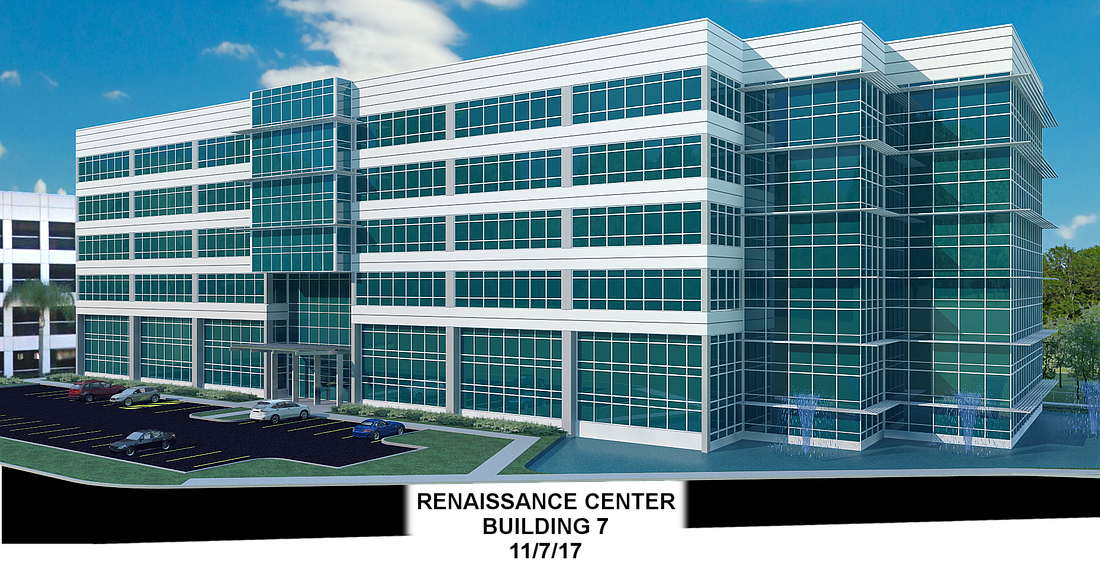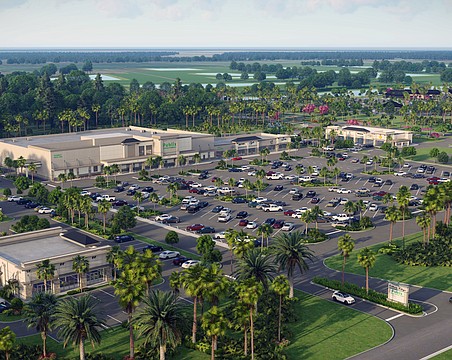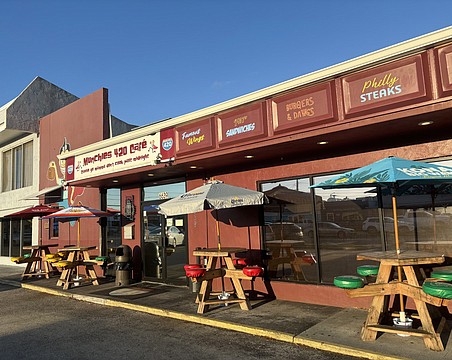The hospitality and retail sectors have grabbed considerable attention for the dents they’ve incurred during the COVID-19 pandemic, but the Tampa Bay area’s office market has endured its share of pain in the past year, as well.
One striking statistic: The amount of space companies made available for sublease in Hillsborough and Pinellas counties sat at an all-time high at the close of 2020.
In all, roughly 1 million square feet of space — or 2.4% of the total market, by one calculation — can be had through sublease opportunities, as corporations have scrambled to adjust to work-from-home scenarios and re-assess their space needs because of the novel coronavirus.
That figure is as much as four-times larger than the typical amount of office space available through subletting, analysts say, and could have significant consequences for the Tampa Bay market — long after the pandemic is brought under control.
“There’s definitely been a spike in the availability over the past year brought about by the pandemic,” says Caleb Lewis, a managing director in the Tampa office of commercial real estate brokerage JLL.
“It’s come mostly from Fortune 1,000 companies that are evaluating their long-term space needs,” Lewis adds. “And it’s ongoing.”
Among the larger sublease activity, Capital One is offering about 150,000 square feet in the 71-acre Renaissance Center; and Greenway Health is seeking a tenant for nearly half of the 100,000 square feet it occupies in the Westshore Business District.
Perhaps most notably, Centene Corp. has held off on occupying a 115,000-square-foot building the healthcare insurer leased or 12 years in early 2020, also in Renaissance Center, because of the pandemic.
Neither the tenants nor the building owners involved in the large sublease availabilities could be reached for comment.
Smaller spaces are also available across the market, at premier projects such as Urban Centre, also in Westshore, and the Bridgeport Center, in Tampa, among others.
Sublease space is attractive to tenants because it often comes at a significantly reduced cost vs. comparable space direct from landlords. In many cases, sublease space can be had for half the signed lease’s rental rate, and oftentimes sublease space comes fully furnished.
“A lot of local companies are taking advantage of sublease opportunities because they come with lower rental rates, which are usually a business’s second-largest expense next to payroll, and they have flexible terms,” says Bill Reeves, an executive managing director at commercial real estate brokerage firm Colliers, in Tampa, who specializes in office space.
One of the few drawbacks to subleasing — in addition to often shorter than average lease terms — is that space often comes “as is.” Sublease tenants frequently are prohibited from doing tenant improvements as part of their deals.
The increase in sublease availability isn’t limited to the Tampa Bay region, of course.
Earlier this month, Wells Fargo & Co., the nation’s third-largest lender, announced plans to give up significant office space in California.
Wells Fargo’s plan to shed about 200,000 square feet is part of a larger evaluation that could see it shave 20% of all its U.S. office space in the next few years.
San Francisco-based tech companies like Uber, Twitter and Dropbox also are seeking to sublet space, according to industry reports.
In New York, meanwhile, JP Morgan Chase is seeking to sublet almost 700,000 square feet of Manhattan office space as it consolidates operations.
Lewis and Reeves note that sublease space can be insidious because it upsets market momentum and equilibrium.
In Tampa Bay, a trio of new office buildings — at Water Street Tampa in downtown Tampa, Heights Union in The Heights project just outside downtown Tampa and Midtown One and The Loft, in the Midtown Tampa complex in Tampa’s Westshore Business District — are slated to be delivered to market in the coming year.
In all, those three projects will add about one million square feet of additional space to inventory — the most space in a decade — at a time when vacancy rates have inched up to 14.5%, negative absorption is on the rise and overall leasing activity fell by 60%% over the past year, according to JLL and commercial real estate brokerage Cushman & Wakefield’s year-end 2020 analysis.
“In the short term, it’s going to be difficult to have one million square feet hit the market at a time when there’s heightened sublease availability,” JLL’s Lewis says. “That equals a lot of empty space in 2021.
“So far that hasn’t impacted rental rates, because landlords are instead getting more aggressive with free rent and tenant improvement allowances, but at some point, sublease space may compete directly with other vacant space,” he adds.
In Hillsborough County, sublease space accounts for a record 2.6% of all space on the market now, and in Pinellas County 1.8% of all inventory available is in the form of sublease opportunities, also a historic high, Cushman & Wakefield states.
At Urban Centre, in Tampa’s Westshore area, Reeves is representing a tenant offering a fully furnished, full floor through November 2023.
Though space in the Class A office tower typically rents for $40 per square foot, a subletting tenant might be able to save some money, based on traditional discounts.
Both Reeves and Lewis say the sublease availability appears to have plateaued, for now, and many of the opportunities — especially for spaces ranging from 5,000 square feet to 7,000 square feet — have been snapped up.
“We’ve had good activity,” Reeves says. “In the fourth quarter of last year, we had five sublease opportunities of less than 10,000 square feet each, and we successfully leased them all.”
Corporate relocations by the likes of Pfizer Inc., which committed to 105,000 square feet in the Heights Union building, and CrossBorder Solutions, which moved from New York to the Baypoint Commerce Center, have also helped.
“Landlords aren’t as down as many projected, and you’re seeing that reflected in rental rates that are being charged,” Reeves says.
For companies to re-occupy their spaces and forego subleasing, however, both Lewis and Reeves say COVID-19 vaccines will need to be more widely distributed.
“The companies we’ve heard from almost all say they plan to return to their offices as soon as possible,” Lewis says. “Work-from-home, they’re finding, is not a workable solution for 100% of the time.”
Still, Lewis estimates only 25% to 35% of white-collar office workers are currently utilizing their offices; the balance are still working from home.
“From what we’re hearing, widespread vaccine distribution is the biggest factor to getting things back to some sort of normal,” Reeves says. “And a lot of our clients are more confident about getting back to their offices sooner rather than later, which is what employers want.
“Tenants and landlords alike seem more optimistic,” Reeves adds. “We’re not over it, certainly, but maybe we’re at the tail end of the pandemic, especially as compared to where we’ve been over the past year, and that’s encouraging.”






